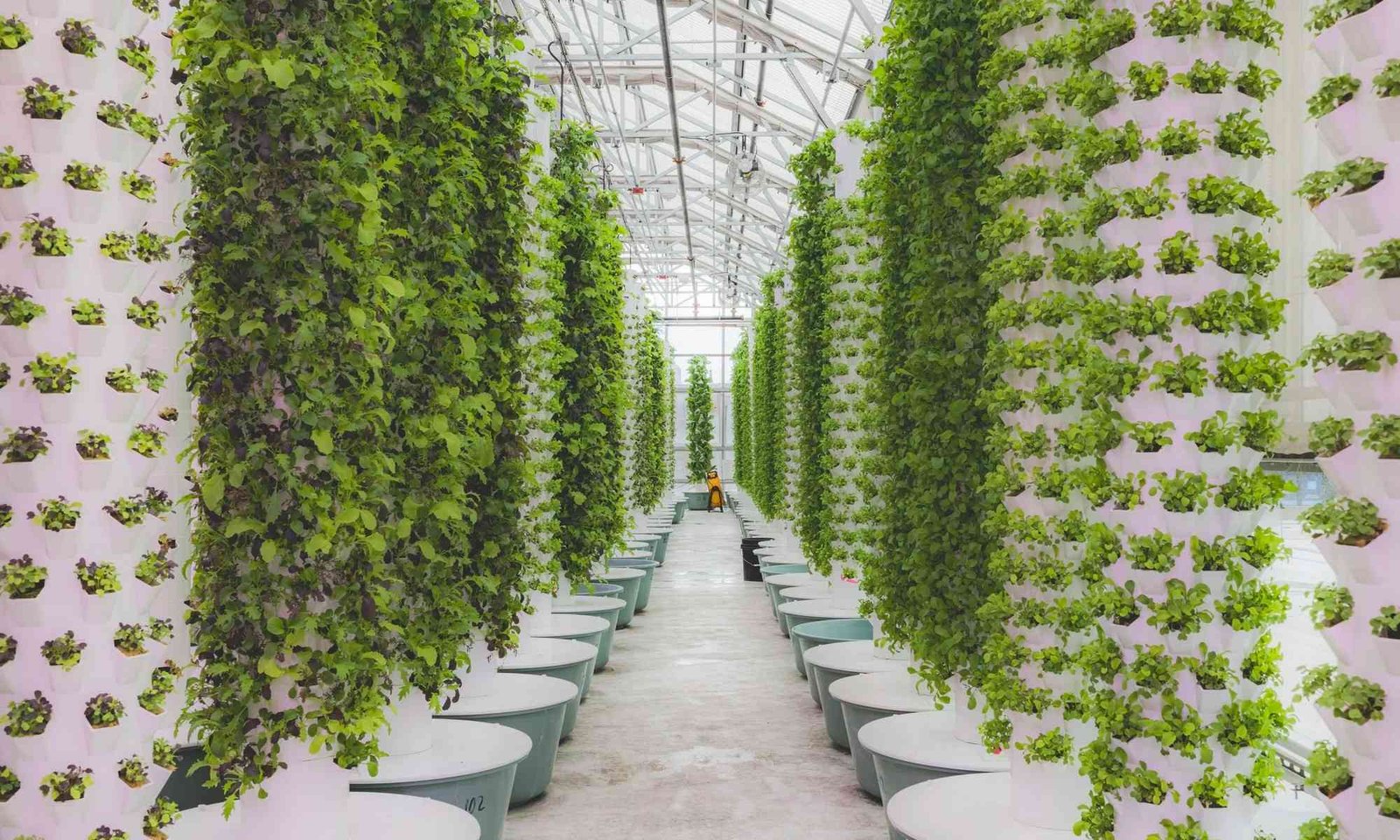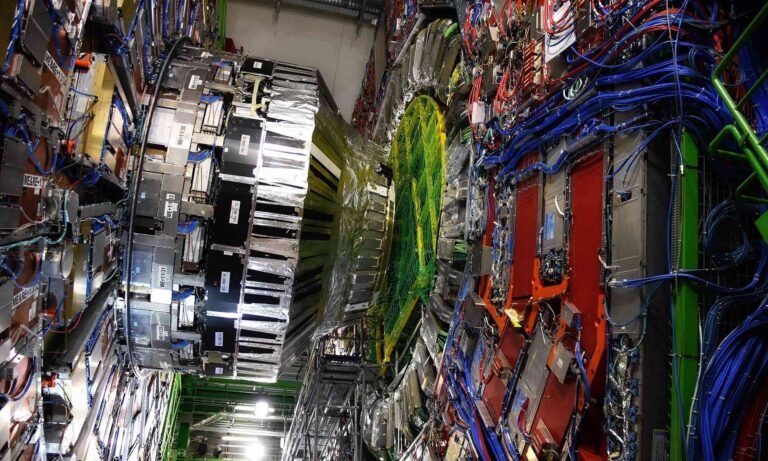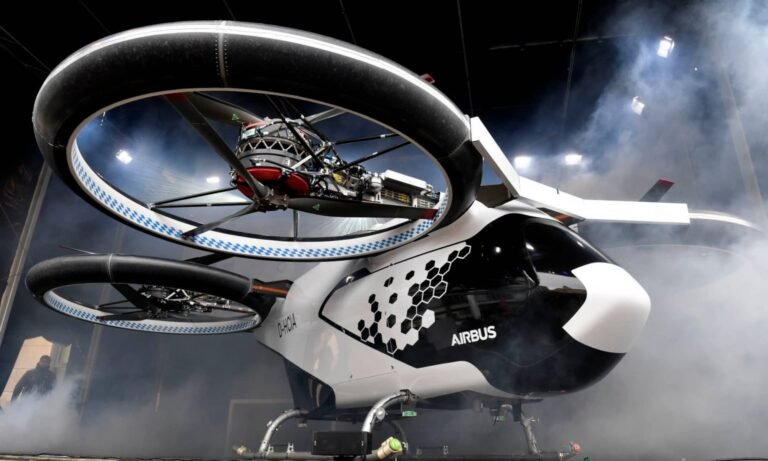Vertical farming is an innovative agricultural practice that involves growing crops in vertically stacked layers, often in controlled indoor environments. This method of farming contrasts sharply with traditional agricultural techniques, which typically utilize expansive horizontal land areas. Vertical farming leverages technology and advanced cultivation methods, including hydroponics, aeroponics, and controlled environment agriculture (CEA), to produce food more efficiently and sustainably.
3 Main Types Of Vertical Farms
Hydroponics
- Definition: Growing plants in a nutrient-rich water solution without soil.
- How it works: Roots are suspended in water or supported by inert mediums like clay pellets or rock wool.
- Pros:
- Efficient water use (up to 90% less than traditional farming).
- Faster plant growth due to direct nutrient absorption.
- Common crops: Lettuce, spinach, herbs, strawberries.
Aeroponics
- Definition: Growing plants with roots suspended in air and misted with nutrient solution.
- How it works: Roots hang freely in a chamber and are periodically sprayed with a fine mist.
- Pros:
- Uses even less water than hydroponics.
- Maximizes oxygen exposure to roots, boosting growth.
- Common crops: Leafy greens, herbs, microgreens.
Aquaponics
- Definition: A hybrid system combining hydroponics with aquaculture (raising fish).
- How it works: Fish waste provides nutrients for plants; plants help filter and clean the water for fish.
- Pros:
- Creates a closed-loop, symbiotic ecosystem.
- Produces both plant and fish harvests.
- Common crops: Basil, lettuce, tomatoes; fish like tilapia or catfish.
Controlled environment agriculture (CEA) combines various technologies to regulate environmental factors such as temperature, humidity, and light. By creating optimal growing conditions, CEA enhances both yield and crop quality. These methods are revolutionizing how we approach agriculture, particularly in urban areas where land scarcity poses significant hurdles to traditional farming.
The historical context of vertical farming traces back to as early as the 19th century, with the use of greenhouses. However, it has evolved significantly in recent decades, driven by increasing urbanization, environmental concerns, and the need for sustainable food production methods. As global populations continue to rise and arable land decreases, vertical farming emerges as a promising solution, providing fresh produce with a lower environmental footprint. This shift not only addresses food security but also redefines agricultural practices for future generations.
Benefits of Vertical Farming
Vertical farming represents a transformative approach to agriculture, characterized by its ability to maximize space efficiency. By utilizing vertical structures, such as stacked layers and towers, this method allows for the cultivation of crops in urban environments where land is scarce. Traditional farming often contends with land limitations, but vertical systems can be implemented in buildings or shipping containers, effectively utilizing available urban spaces. This innovative approach not only addresses spatial constraints but also enhances crop yields significantly.
In addition to making optimal use of space, vertical farming greatly reduces water consumption. Conventional agriculture consumes vast resources for irrigation, often resulting in significant water waste. Vertical farming employs advanced systems such as hydroponics and aeroponics, which recirculate water, minimizing usage. Studies suggest that these methods can reduce water requirements by up to 90% compared to traditional farming practices, making vertical farming a sustainable solution for water conservation.
Furthermore, the closed-loop ecosystems prevalent in vertical farms substantially decrease the need for pesticides. The controlled environments allow for better disease and pest management, reducing the dependency on chemical interventions. Consequently, this results in healthier crops and less environmental pollution. Vertical farming also has the potential for year-round crop production, independent of seasonal changes or adverse weather conditions. This feature ensures a consistent food supply regardless of climate variability, directly addressing pressing issues related to food security.
Moreover, vertical agriculture contributes positively to urban ecosystems. As cities become increasingly crowded, incorporating vertical farms can help improve local air quality, enhance biodiversity, and provide fresh produce to urban dwellers. Overall, the benefits of vertical farming are manifold, supporting sustainable agricultural practices while promoting resilience in food systems.
Challenges Facing Vertical Farming
Vertical farming, while heralded as a revolutionary method of agriculture, faces several notable challenges that must be addressed to ensure its long-term viability and acceptance in the broader market. One of the primary hurdles is the high capital investment required to establish and maintain these systems. The infrastructure costs, which include advanced lighting, climate control, and nutrient delivery systems, can be prohibitive, especially for startups. As a result, financial backing and investor confidence are critical to the success of new vertical farm ventures.
Another significant consideration is energy consumption. Vertical farms typically rely on artificial lighting and climate control technology that may consume substantial amounts of electricity. As energy prices fluctuate, operational costs can soar, impacting the economic feasibility of vertical farming compared to traditional agricultural methods. Achieving energy efficiency remains an ongoing challenge, highlighting the need for innovations in energy utilization and the integration of renewable energy sources.
Technological hurdles also pose a considerable obstacle. Current farming practices in vertical systems often require ongoing research to optimize yields and enhance crop management techniques. The challenge lies in developing systems that can sustainably progress agriculture while ensuring safety, quality, and nutritional value. Additionally, market acceptance is variable; consumers may be wary of produce grown in non-traditional settings, necessitating education and outreach to foster trust and understanding.
Regulatory issues further complicate the landscape of vertical farming. Compliance with agricultural regulations, food safety standards, and zoning laws can vary significantly depending on the location of these farms. The scalability of vertical farms remains a contentious topic, as many farmers struggle to replicate successful models on a larger scale without sacrificing quality or increasing costs. Addressing these multifaceted challenges is essential for the future of vertical farming, ensuring it can complement traditional methods rather than replace them.
Is It A Success?
Is It A Failure?
The Future of Vertical Farming
The future of vertical farming appears promising, characterized by a convergence of innovative technologies, rising consumer expectations, and the imperative to address climate change and urbanization. As urban centers continue to grow, vertical farming stands out as a viable solution to meet the increasing demand for fresh produce. It is projected that advancements in automation and artificial intelligence will further streamline operations, enhancing efficiency and reducing costs in vertical farms. These technologies can optimize growing conditions through precise monitoring of various environmental factors, ensuring maximum yields and consistent quality of food.
Consumer demand is also evolving, with a noticeable shift toward locally sourced and sustainably grown food. Vertical farming is uniquely positioned to cater to this trend, as it allows for the production of high-quality crops in urban areas, reducing transportation costs and associated carbon emissions. As awareness of food sustainability grows, consumers are becoming more inclined to support businesses that prioritize environmentally friendly practices. This shift may drive vertical farms to adopt more sustainable techniques and focus on organic farming methods.
Moreover, vertical farming has significant potential in combating climate change. By utilizing less land and water than traditional farming methods, these innovative agricultural systems can alleviate some of the environmental pressures associated with conventional agriculture. As such, partnerships between tech companies, agribusinesses, and governments can catalyze growth in the vertical farming sector. By pooling resources and expertise, stakeholders can advance research and development initiatives, promote policies that support sustainable urban agriculture, and create a favorable market environment for vertical farms.
In conclusion, the future of vertical farming is not only about innovation but also involves a collective effort towards sustainability. The integration of cutting-edge technologies with shifting consumer demands presents an opportunity to reshape urban agriculture, making it a critical component of our food system in the years to come.
What’s More
The posts in My Blog feature reflective, story-driven pieces rooted in personal and societal insights.
The topics in My Interests explore abstract, philosophical ideas and their cultural and societal impact.
👁️ 9,665 Views














